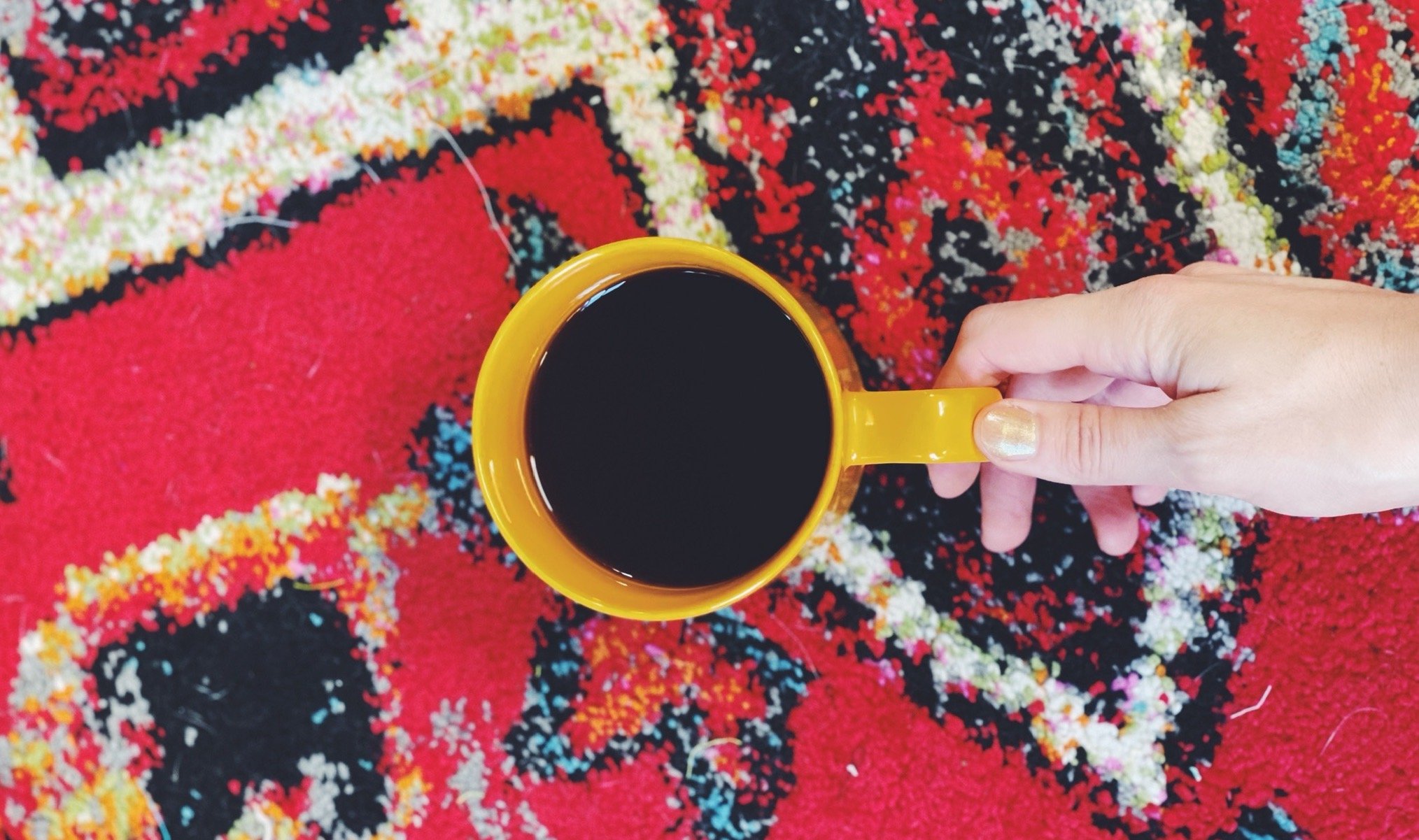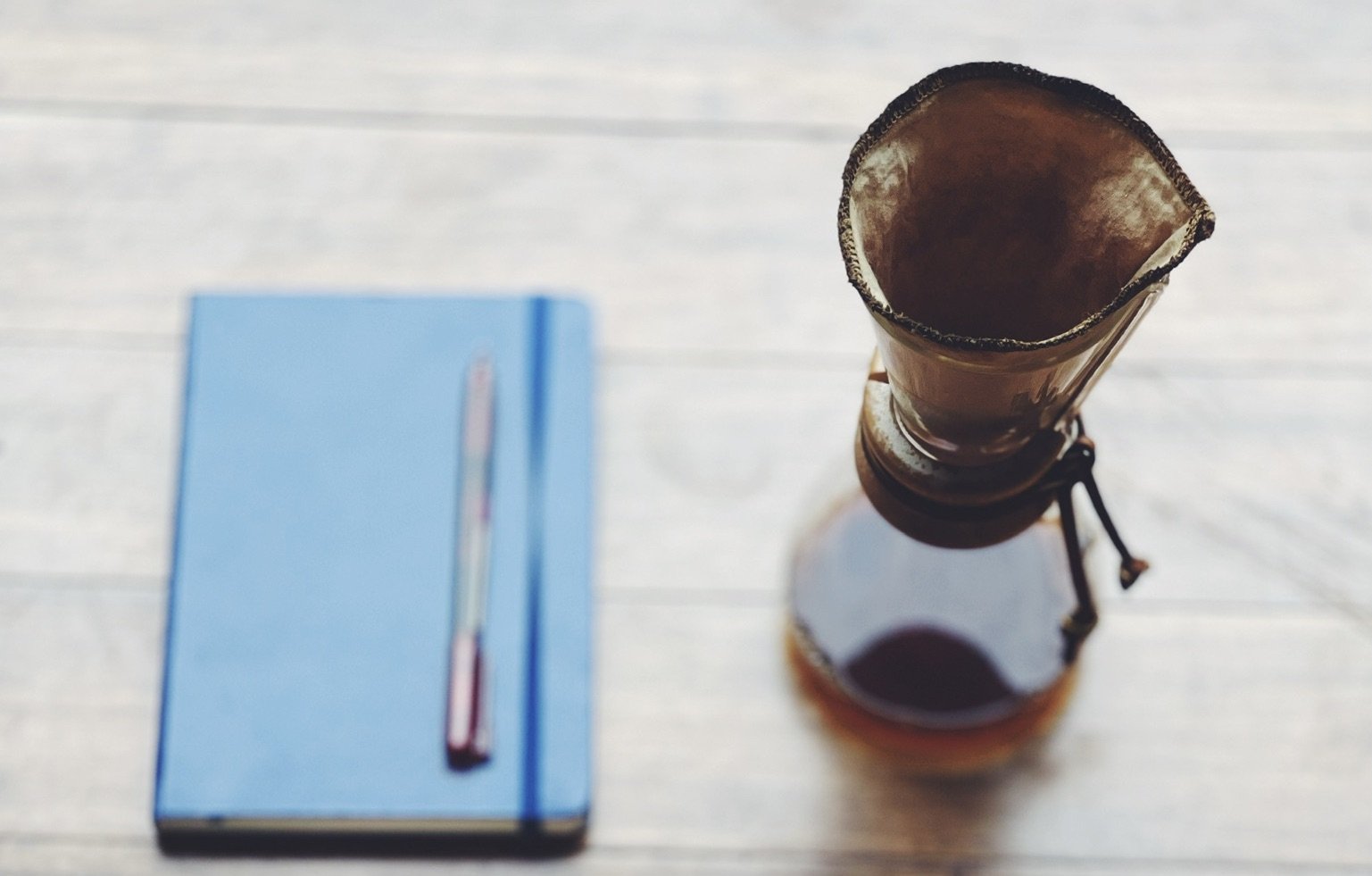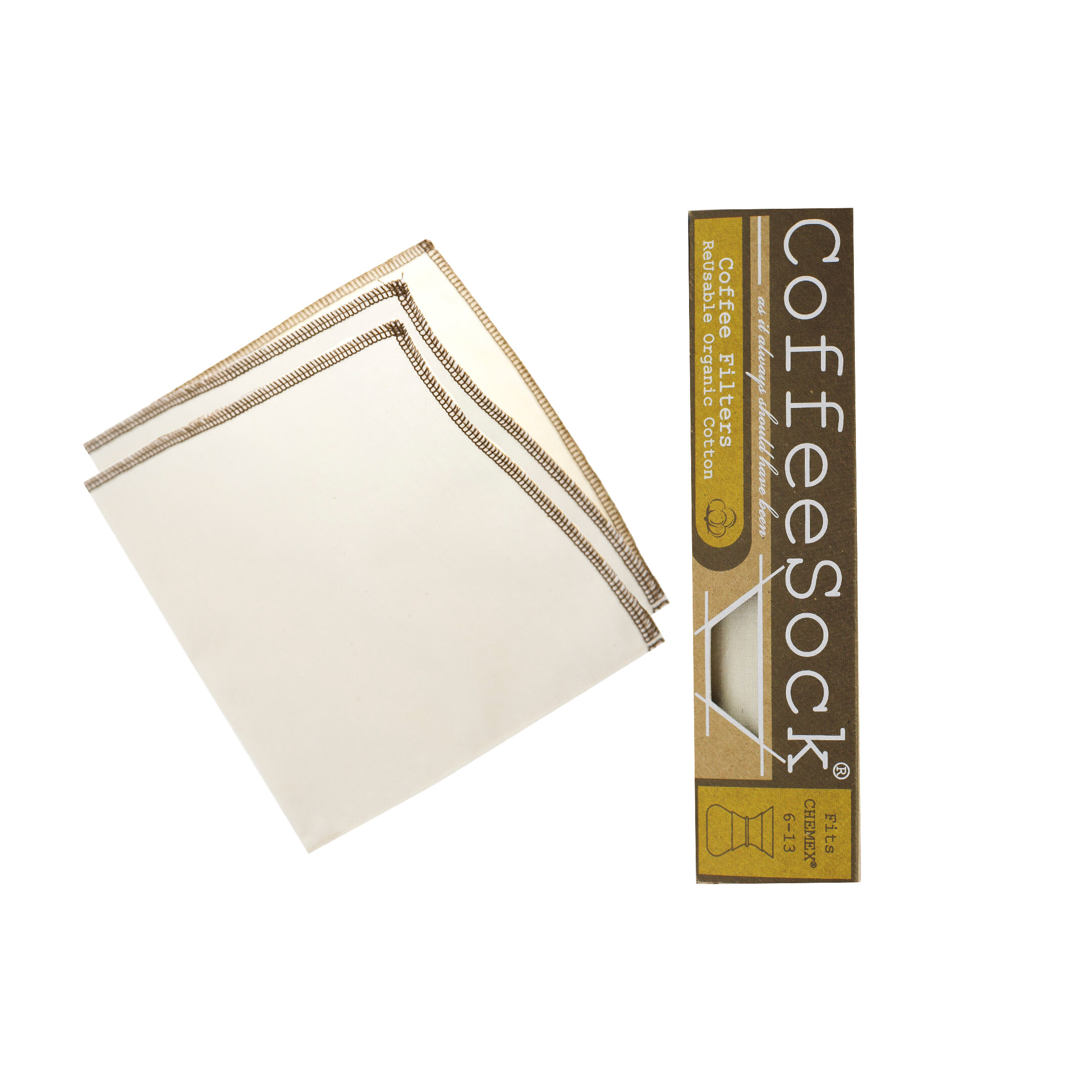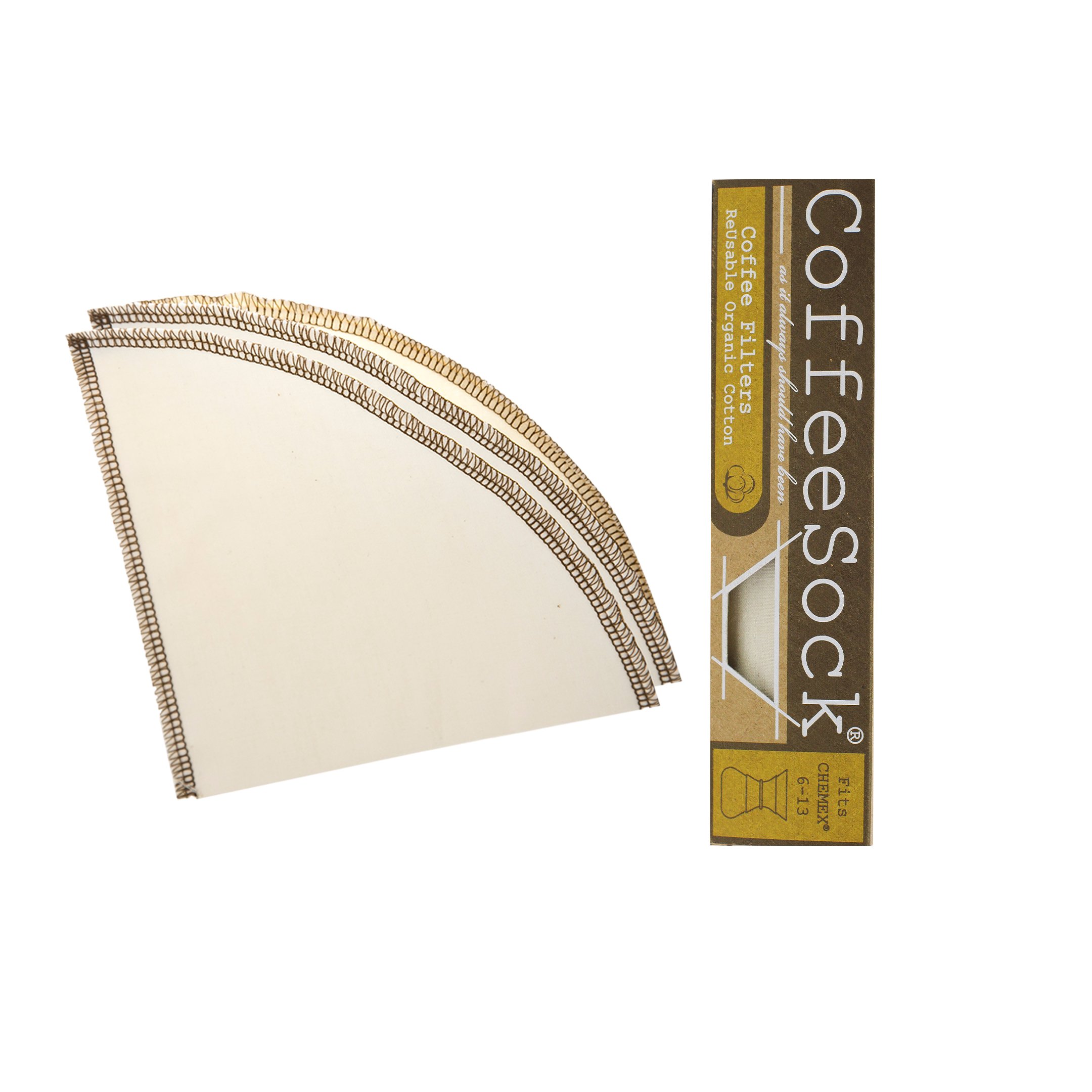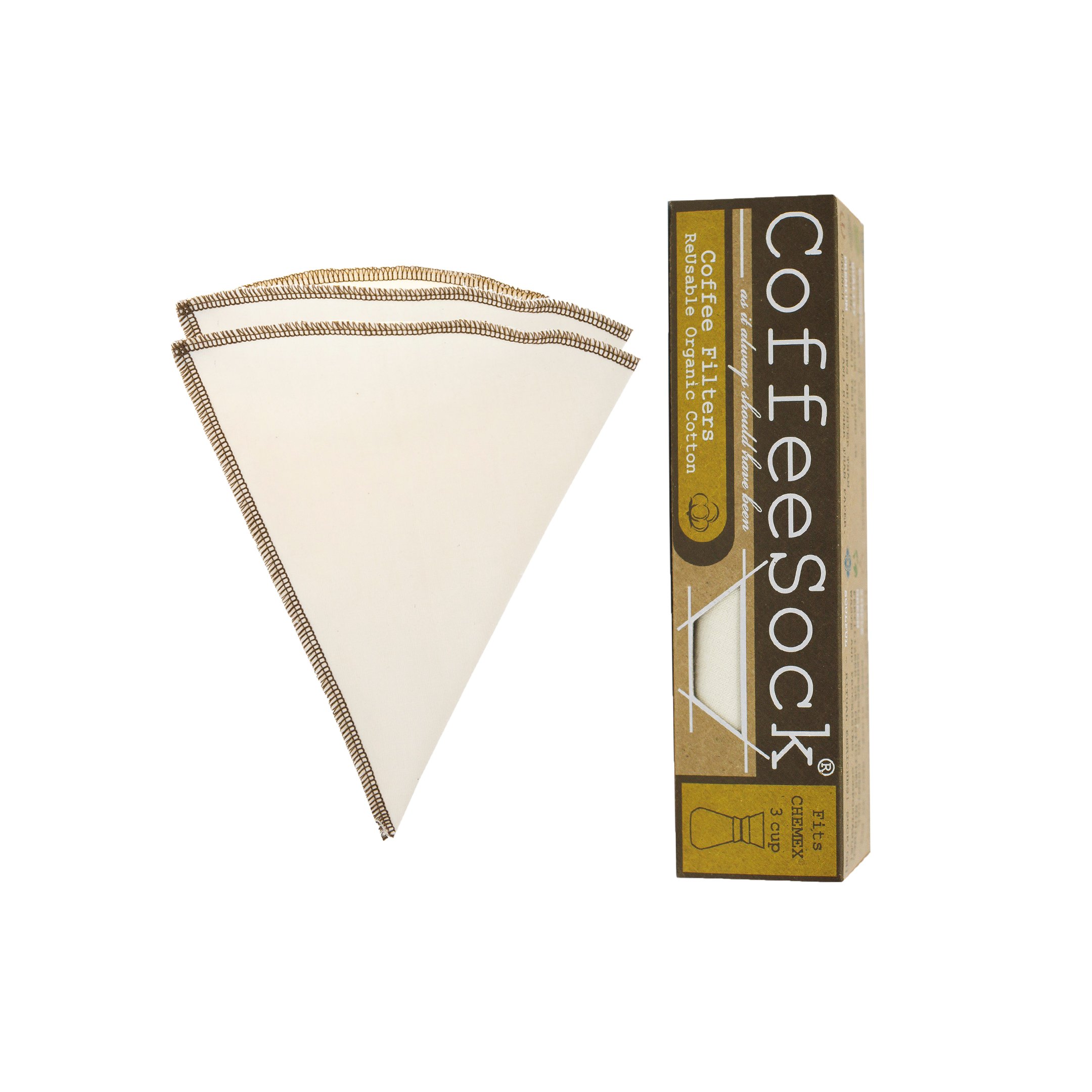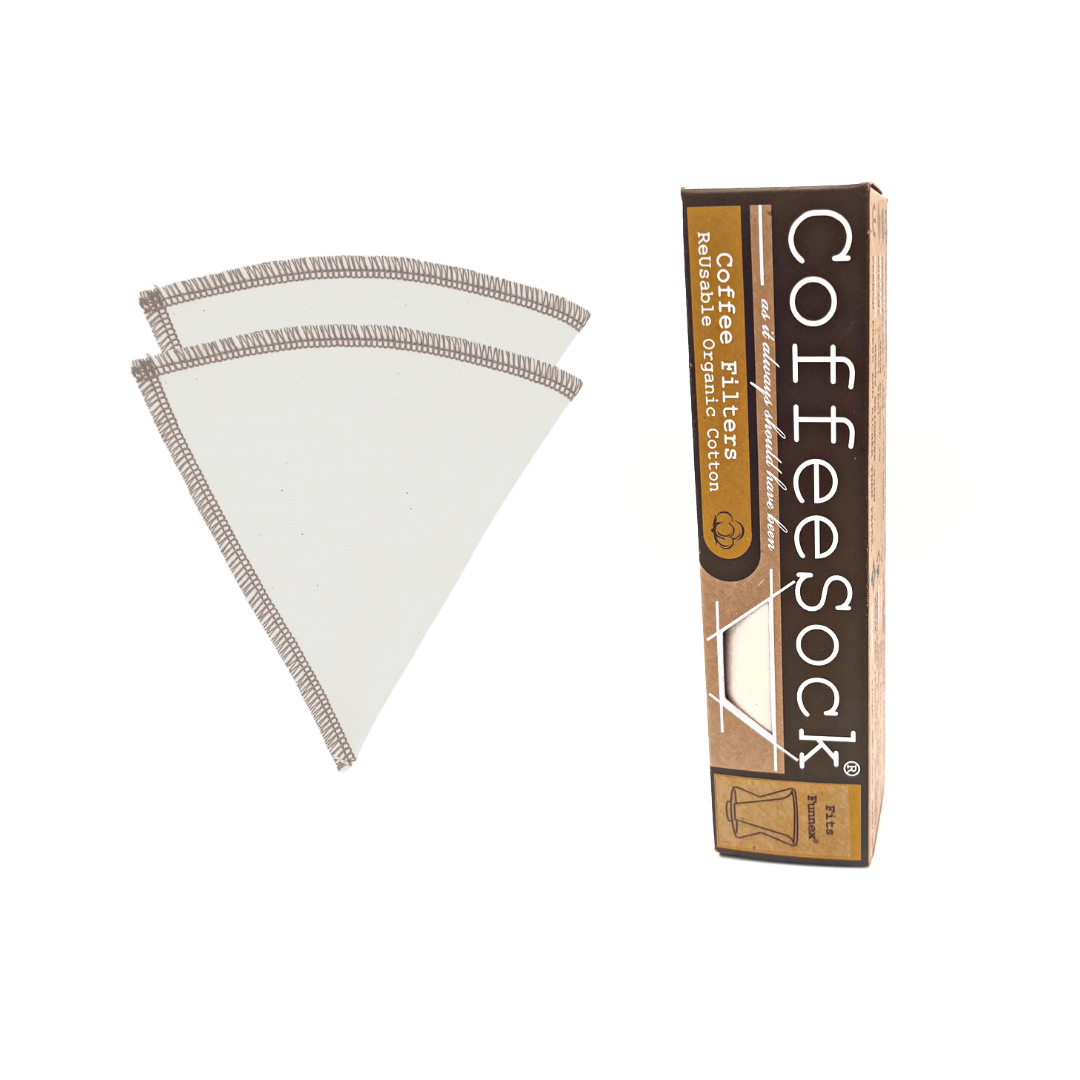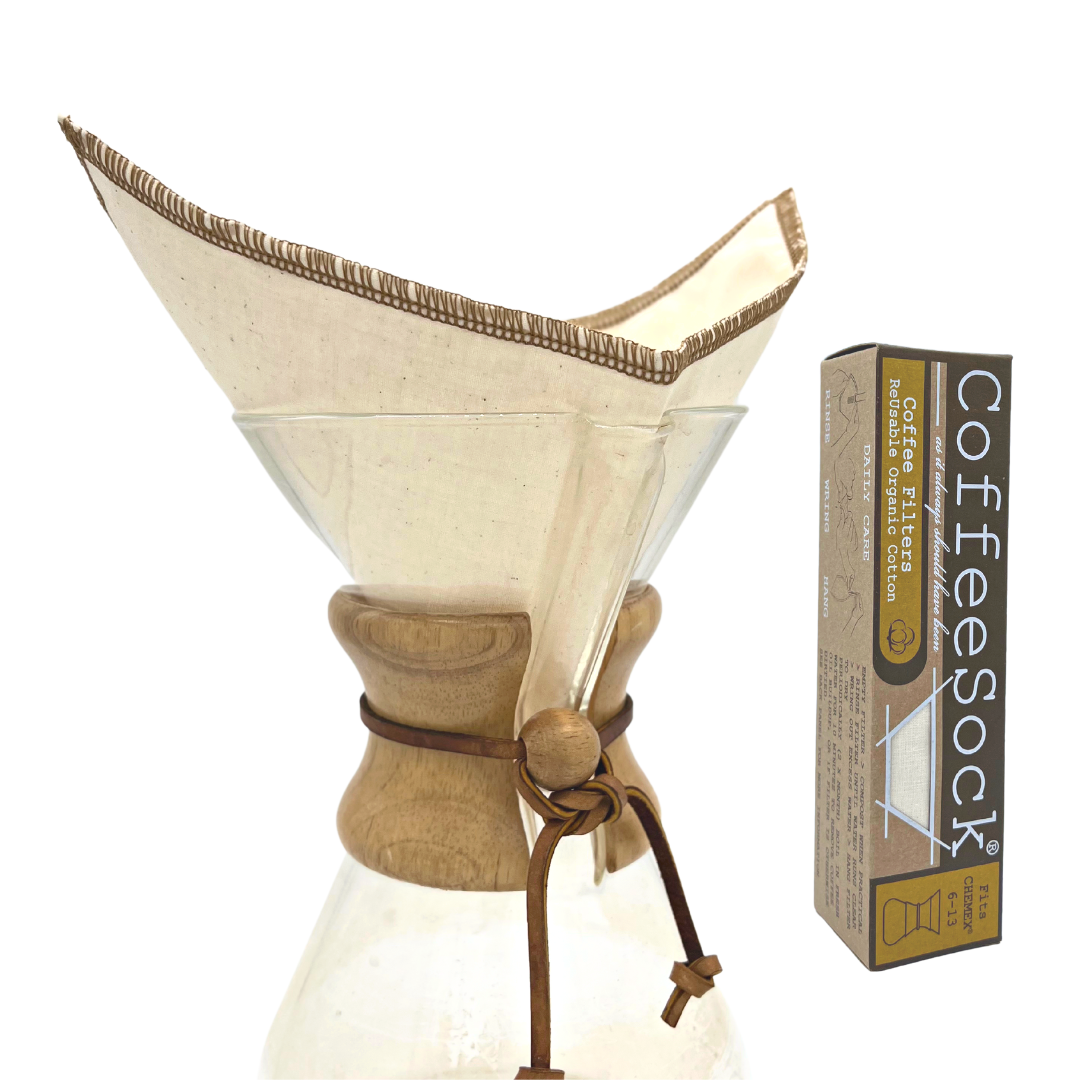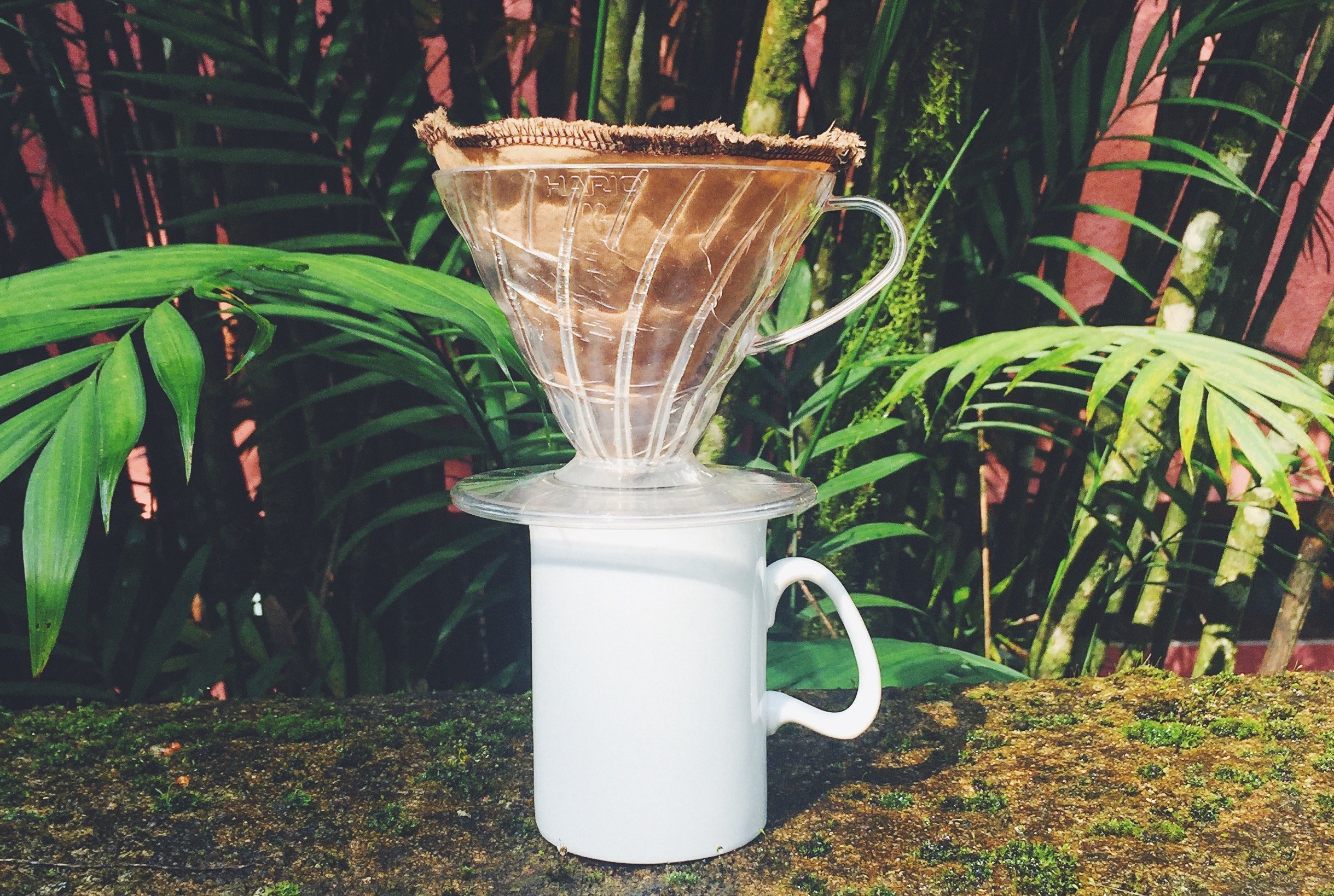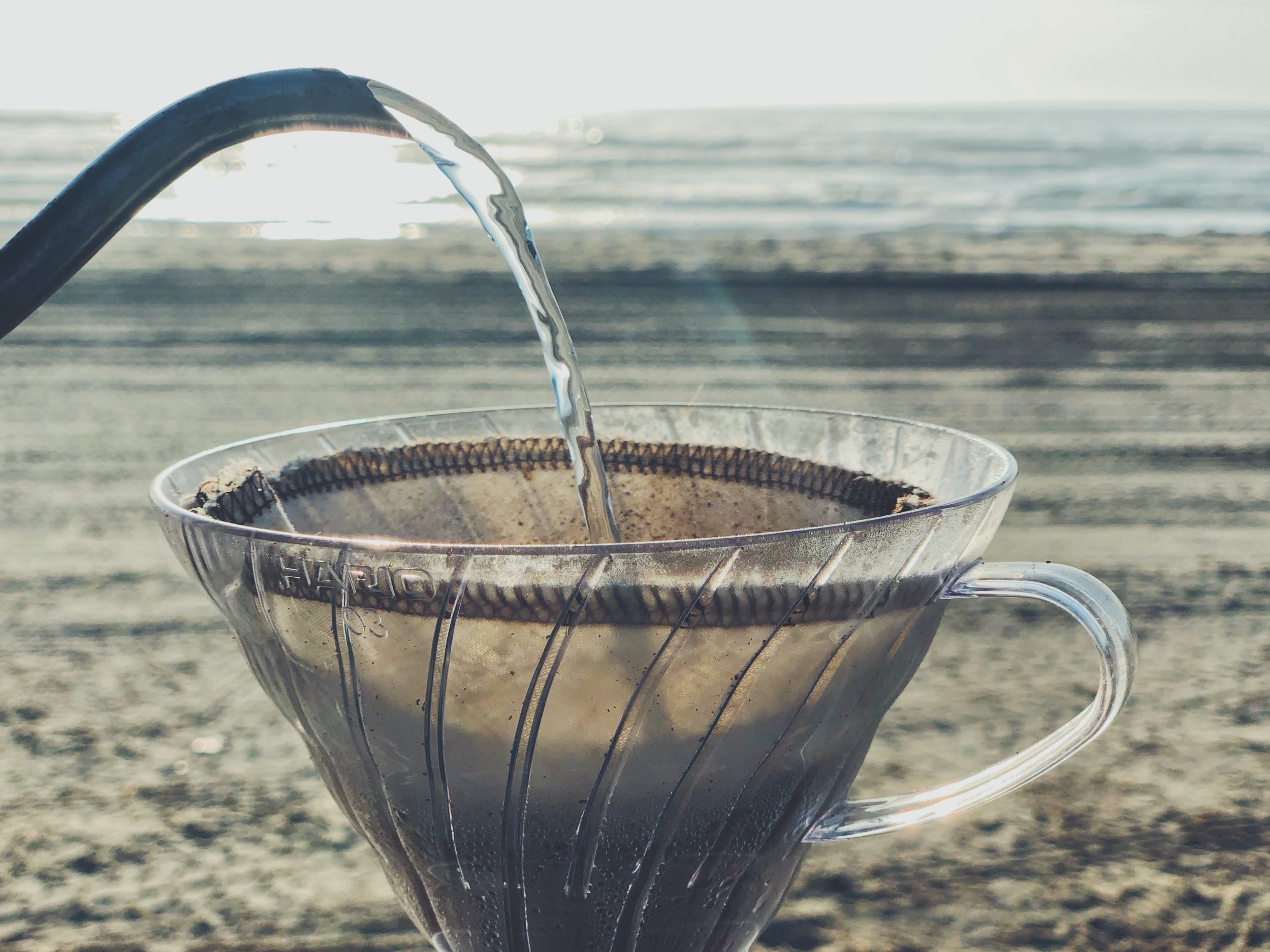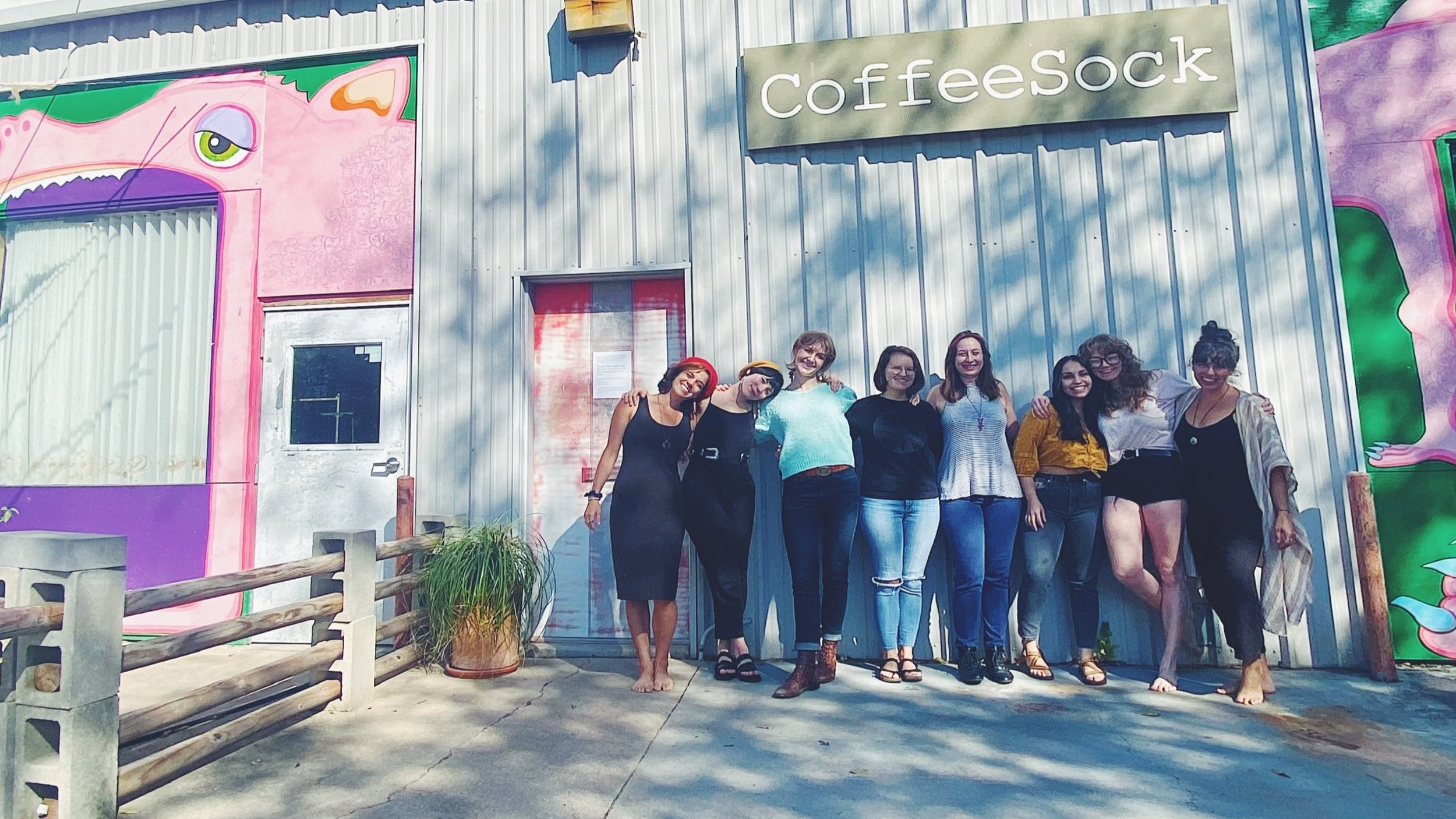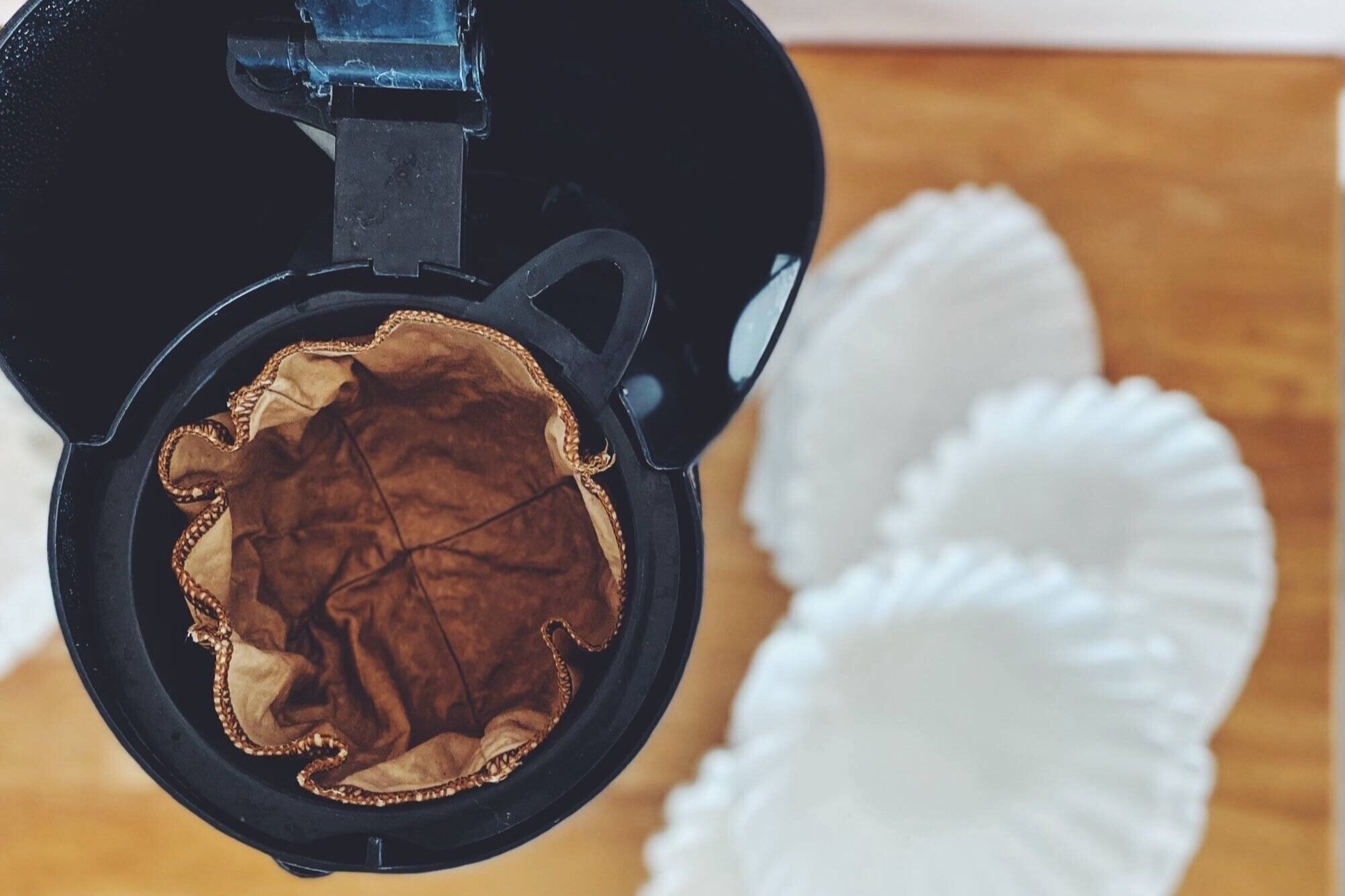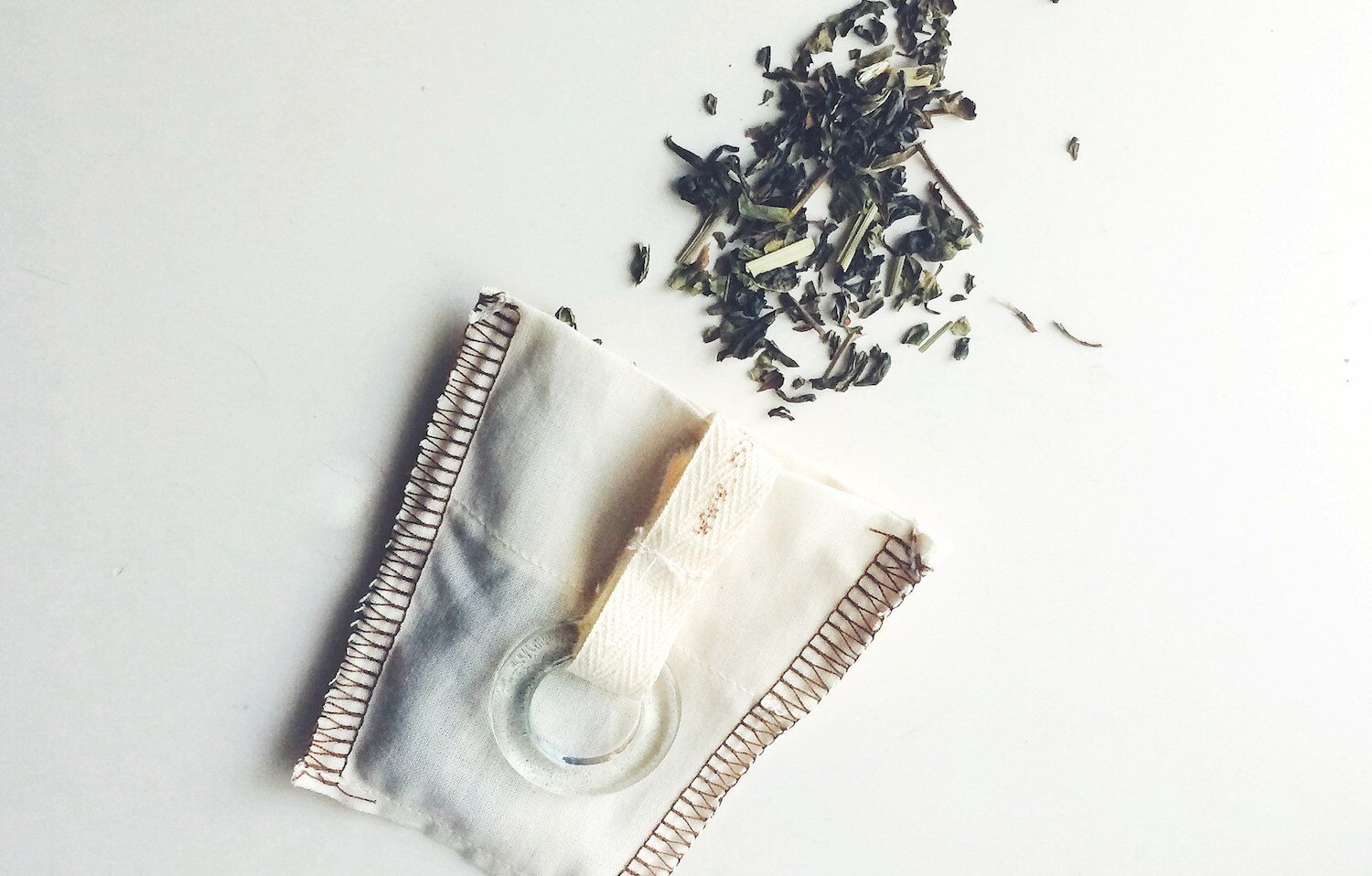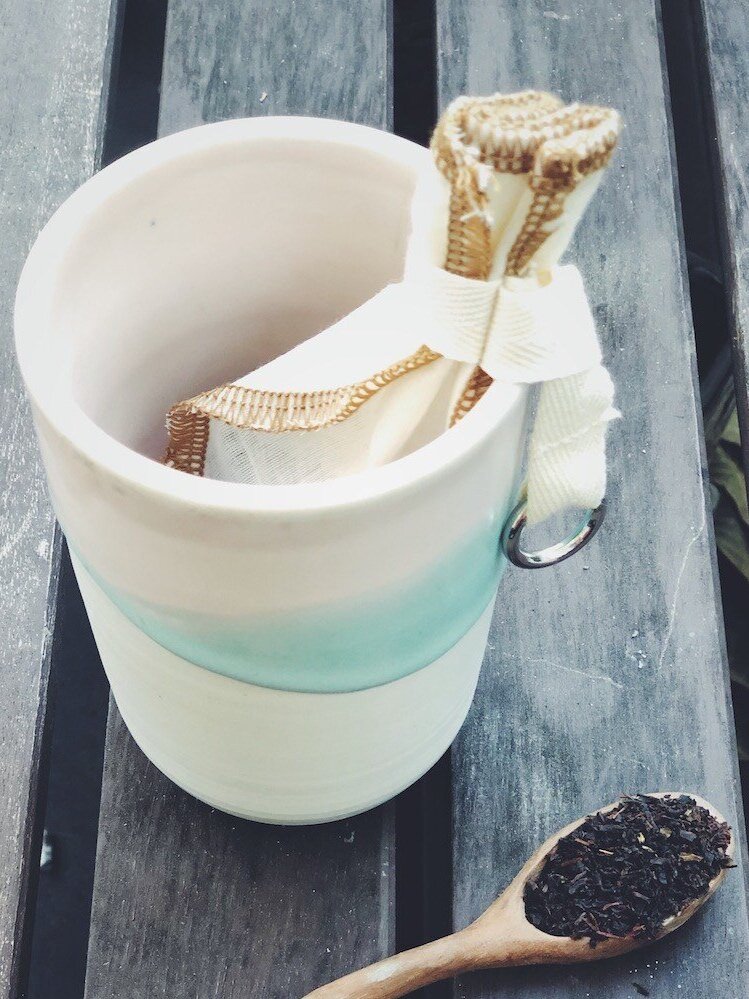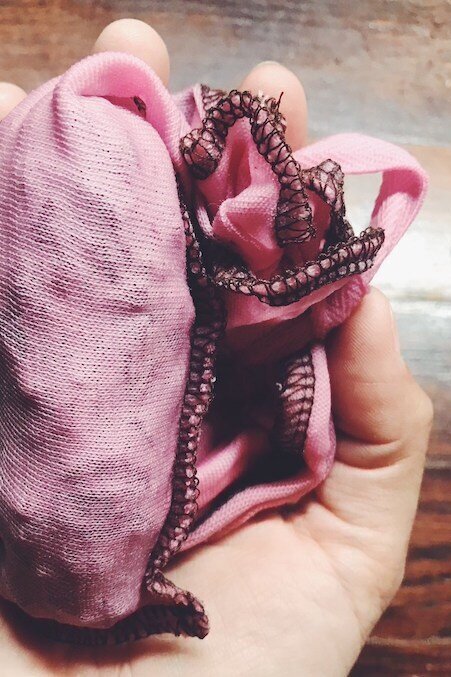We love a morning coffee or tea ritual. It’s a delightful way to wake the senses. But some mornings just don’t go to plan. Here’s your simple, sustainable backup plan.
School starts tomorrow here in Austin, and like many families, we have multiple humans, all headed in different directions each weekday morning, and pets to care for before we leave.
For us, it’s two kids in two different schools, two adults with two different workplaces, three dogs, a few chickens, and assorted birds, fish and guinea pigs. (OK, we may have a few more pets than most).
We aspire to those calm and easy mornings with a ritual pour over coffee and easy chats. Mornings where everyone is on point, all shoes located, all backpacks ready, all homework complete, all hair brushed and breakfast eaten with time to spare. But yeah, that doesn’t always work out.
We’ve always got a backup plan for breakfast (grab a cereal bar) and a backup plan for a failed packed lunch (money on the school lunch card). And for coffee? The usual backup plan is a trip to the local coffee shop or to simply do without it.
If you’re trying to save time, money and paper, and “doing without” is not ideal when it comes to your morning caffeine of choice, we’ve gathered a few options for you.
When you’ve got 10 minutes
We love a slow morning. And making our favorite coffee is a ritual part of that time. And while the slower the better is how we feel on the inside, sometimes (frequently), it’s just not an options.
The good news? You can have a soothing morning coffee or tea ritual in about 10 minutes. We know because we’ve timed it and given you some detailed instructions!
The healing power of slow coffee
IN A WORLD OF FRACTURED ATTENTION AND CONSTANT MOVEMENT, THE PRACTICE OF SLOW COFFEE OFFERS A DAILY MOMENT TO REFOCUS AND REGROUND.
When you can take those few minutes, it really changes your perception of how much time you truly have. 10 minutes at the beginning of the day can be enough to completely change your approach to everything that comes after.
Try it if you can!
When you can only spare 5 minutes
You can bust out a cup of our favorite pour over in about five minutes. Same goes for a cup of tea. Just be strategic!
Get the kettle going and grind your beans at the same time. Prep your coffee sock and place a drip brewer right on top of your to-go mug. Then go attend to your other morning needs until you hear the kettle.
Pour the first round of hot water over your grounds. Take 30 seconds to toss your things in a bag. Finish pouring the water and go!
When you have a few minutes…yesterday
If you’re not drawn to the ritual of coffee making, or if time is often short, you might have one of those automatic machines with a timer that brews the coffee for you and has it piping hot and ready for you when you wake up.
No shade from us! We’re glad you found your method. And there’s a reusable coffeesock for that! Sock on, friend!
When you’re just out of time completely
There is nothing easier and faster than cold brewed coffee or cold brewed tea already sitting in your fridge. For us, a batch of cold brew lasts 3-4 days. It does take about 10 minutes to prep—but only once or twice a week.
We always have cold brew in the fridge. On a truly busy morning, just pour and go. PRefer hot coffee? Nuke it for 30 seconds. The bonus here is that cold brew lasts for up to a week, and it’s fantastic as a shot for that afternoon pick-me-up, or to splash coffee in your chocolate dessert recipes.
What’s your busy morning caffeine trick?


